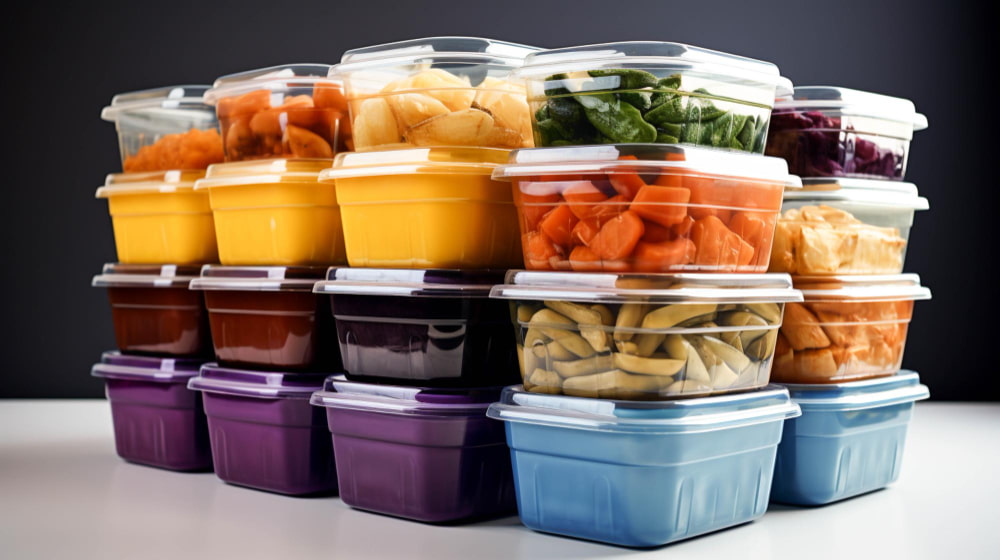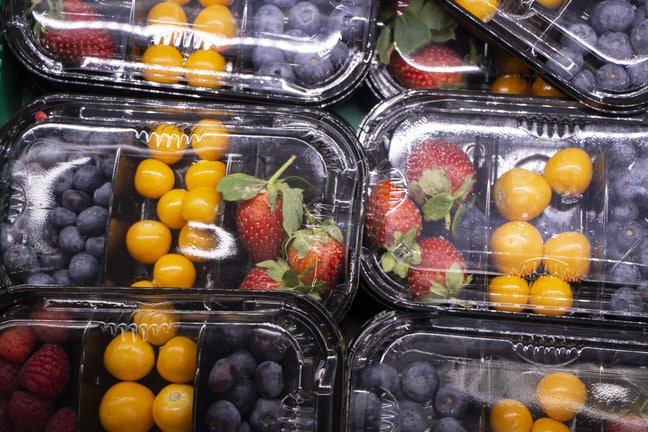The Impact of Plastics on Food Safety

We live surrounded by plastics. From the packaging that protects our food to the utensils we use in the kitchen, this synthetic material is present in almost every aspect of modern life. However, its ubiquity has also raised growing concerns about its possible negative effects on health, especially regarding food safety. Various scientific studies have warned about the migration of plastic compounds into food as well as the presence of microplastics in everyday consumer products. Discover with KuokoKitchen the impact of these phenomena on food safety.
Chemicals That Migrate Into Food
Plastics are made of synthetic polymers to which additives are added to improve flexibility, durability, transparency, or other characteristics. Many of these additives, such as phthalates and bisphenol A (BPA), can migrate into food when plastic is heated or degraded. This migration is more likely in fatty, acidic, or hot foods, and in reused or damaged packaging. The problem is that these compounds act as endocrine disruptors, meaning they interfere with the human hormonal system even at very low doses.
The Case of BPA and Its Substitutes
One of the most studied cases is BPA, found in reusable bottles, storage containers, and can linings. Although many brands have started marketing “BPA-free” products, the substitutes used, such as BPS and BPF, have also shown similar effects in preliminary studies. Prolonged exposure to these compounds has been linked to reproductive issues, fetal development problems, increased risk of certain cancers, and metabolic disorders such as type 2 diabetes.
Microplastics on the Plate
In addition to additives, microplastics have entered the food safety debate. These tiny fragments, less than five millimeters in diameter, originate from the breakdown of larger plastics or are present from the start of manufacturing. They have been detected in drinking water, sea salt, fish and seafood, and even in fruits and vegetables. A recent report by the World Health Organization (WHO) noted that although conclusive evidence on human toxicity is lacking, microplastics in food could act as carriers of chemical contaminants or pathogens, and may also trigger inflammatory responses in the body.

Single-Use Plastics
Another worrying issue is the widespread use of single-use plastics in the food industry. Packaging, storing, and transporting food in disposable plastics facilitates distribution but also increases human exposure to potentially harmful substances. Heating plastic containers in microwaves or consuming hot beverages in polystyrene cups are common practices that promote the release of particles and chemical compounds into food.
Indirect Consequences
The environmental impact of plastics, though indirect, also affects food safety. Plastic waste in oceans and soils disrupts the food chain. Marine animals ingest plastics, accumulating them in their tissues. When these animals are consumed by humans, the compounds can transfer to our bodies. Likewise, soils contaminated with microplastics may alter crop fertility, affecting the nutritional quality of fruits, vegetables, and cereals.
What Can We Do?
In response to this reality, both consumers and institutions are taking action. Individually, it is recommended to avoid heating food in plastic containers, choose glass or stainless steel containers, and reduce consumption of packaged products. Legislatively, the European Union has banned some single-use plastics and demands greater traceability and safety for food-contact materials. Research is also being promoted to develop biodegradable or safer alternative plastics.
The use of plastics in the food sector raises questions about their long-term safety. Although many uncertainties remain, the available evidence suggests adopting a more cautious approach. The growing presence of microplastics and chemical substances in our food has led some experts to speak of a worrying “plastic food”. Choosing safer alternatives, promoting regulation, and reducing our plastic dependence are key steps to protect food safety. On an individual level, small actions such as avoiding unnecessary packaging or preferring reusable materials may seem minimal but collectively have a significant impact. Education and collective awareness are essential to move toward more responsible consumption and truly safe nutrition.



